Invisalign® Clear Aligners Campbell
The Exciting Path Toward a Straighter Smile
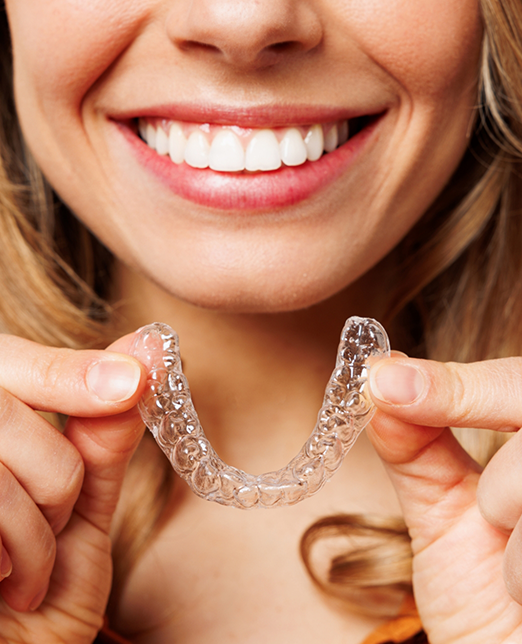
If you’ve grown tired of having crooked teeth or a misaligned bite, you might be unsure about what to do – after all, it’s not always easy to commit to traditional orthodontics. However, Invisalign treatment might be the answer you’ve been searching for; these incredible clear aligners have helped countless patients, all without the hassle or inconvenience of metal braces. To learn more about Invisalign clear aligners or to schedule a consultation to see if it can help you achieve a straighter and healthier smile, feel free to contact our Campbell office today!
Why Choose Mockler Dental for Invisalign Clear Aligners?
- Faster Treatment Timeline Compared to Braces
- Partnered with Experienced Local Orthodontist
- Personalized Treatment Plans for All Patients
How Invisalign Clear Aligners Work
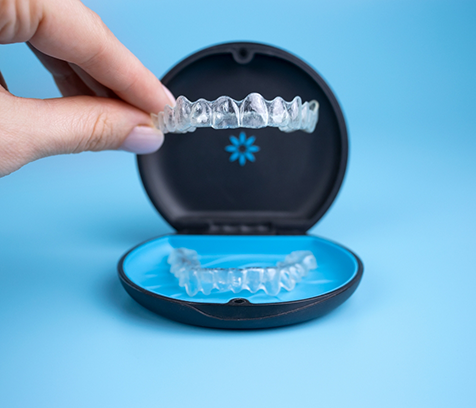
Invisalign aligners do the exact same job as traditional metal braces, but in a different manner. Rather than relying on a system of brackets and wires that are directly bonded to the teeth, custom-designed clear plastic trays are worn over them, which apply gradual pressure and shift them into ideal positions over time. Though the aligners are fully removable, patients must still wear them for around 22 hours every day and advance to new sets as instructed, often every couple of weeks.
Who Invisalign Can Help

Invisalign is capable of tackling a wide range of orthodontic issues including:
Crowded Teeth
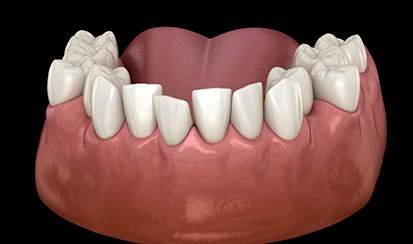
As you get older, crowding can worsen as your teeth shift, which in turn increases your risk of different oral health issues like decay, gum disease, and jaw pain. Invisalign aligners can shift teeth back into healthy, straighter positions that make it easier to keep them clean.
Gaps Between Teeth
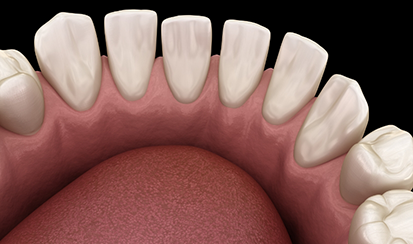
Having large spaces between teeth can also increase the risk of dental health issues due to the unprotected gum tissue between the teeth. It can also cause other nearby teeth to shift out of position if the issue is left unaddressed. Invisalign can bring these teeth closer together while straightening them.
Bite Issues
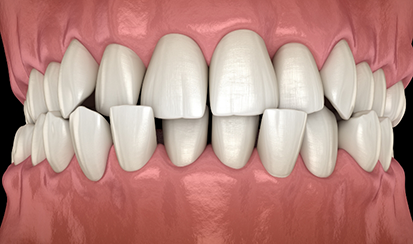
Overbites, underbites, and crossbites are some of the most common bite issues that orthodontic patients experience, and they’re capable of leading to several kinds of harmful, long-term issues that can affect dental development as well as daily life. Invisalign can tackle some mild to moderate bite problems with ease, though severely complex cases might require other treatment avenues.
Benefits of Invisalign
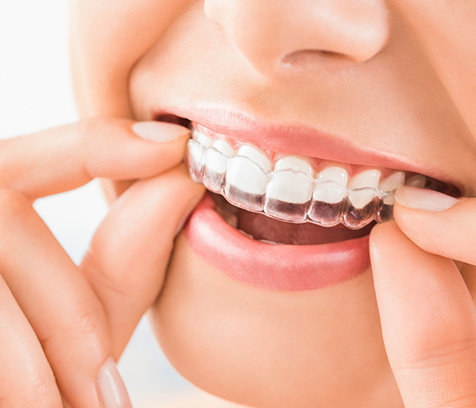
Compared to metal braces, Invisalign has many more (and distinct) perks. That fact alone has made aligner treatment very popular in recent years, especially among teen and young adult patients. Many people love that Invisalign trays straighten grins smoothly, easily, and quickly. If you want to learn more about them, we’ll even share the details with you. Just keep reading to discover the benefits of Invisalign for modern smiles.
Discreet Trays
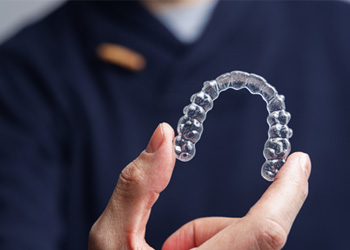
For starters, Invisalign doesn’t leave you worried about having a “metal mouth” like braces do. Its aligners are very discreet and blend seamlessly with your smile.
Note that Invisalign trays use nearly invisible plastic as their main material. Given this reality, they wouldn’t “stand out” or draw attention from others. Aligners lack the shininess of metal, so wearing them shouldn’t cause friends or family to notice anything “off” with your grin. The people around you will only see a smile that seems more and more straight.
Better Dental Hygiene
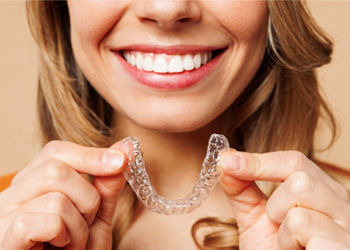
Metal braces can make dental hygiene tricky, but the same isn’t true for Invisalign. The latter’s trays won’t get in the way of your oral care.
By design, Invisalign’s unique aligners are removable. That means you can take them off as needed; they aren’t cemented to your teeth like metal braces. Rather than make you clean around brackets or wires, they won’t hamper your daily brushing or flossing at all. The result is that they make cavities, gum disease, and other oral issues less likely than braces.
Non-Invasive Care
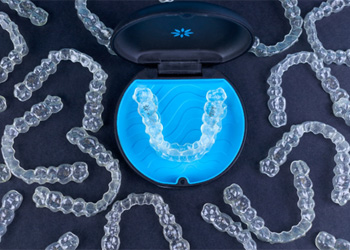
Invisalign is much less invasive than a standard braces treatment. In fact, its trays shouldn’t disrupt your daily life at all.
Don’t forget that Invisalign trays can be removed at any time. To that extent, they’ll let you brush, floss, eat, and smile as you normally would. This feature also means your check-in visits are shorter, as they just require that you get new aligners. The trays’ flexible wear time also lets patients with hectic schedules maintain their treatment progress.
Improved Comfort
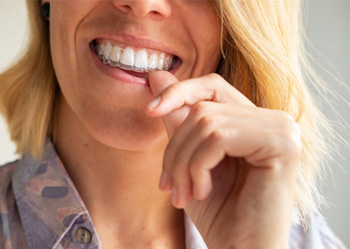
Whatever you may have thought, Invisalign trays tend to be pretty comfortable. They don’t force you to endure the aches from brackets (or wires) like braces do.
Again, remember that Invisalign’s trays use smooth plastic. This material is very unlikely to upset or irritate your gums, lips, or the insides of your cheeks. At most, it’ll only make your teeth feel sore when you switch trays; that ache should also fade within a day of your switch.
Boosted Confidence
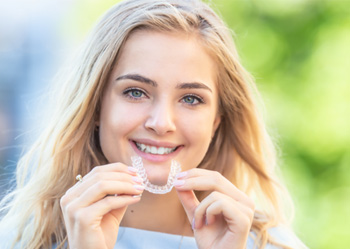
Wearing Invisalign trays shouldn’t make you feel self-conscious. On the contrary, you’ll likely experience a boost in confidence during and after treatment.
It comes back to how Invisalign trays use clear plastic. Since these aligners are nearly invisible, your overall treatment shouldn’t affect how your grin looks to others. You’ll then feel more confident than you would with metal braces, self-assured that you can mingle and socialize without worry.
Easier Follow-Ups
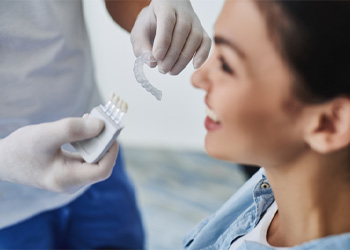
Follow-up visits for Invisalign are easier than those for braces. Not only do the sessions run more quickly, but they also involve less discomfort.
Most patients don’t consider Invisalign check-ins a hassle. You just need to attend one every six to eight weeks, and the average session lasts 15-30 minutes. The appointment itself involves a few steps; the dentist just needs to ensure your treatment is moving your smile as it should.
Living with Invisalign Aligners
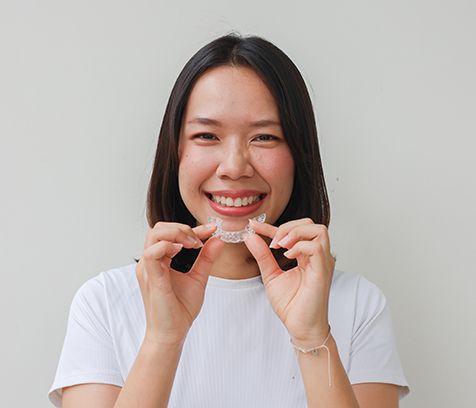
Living with Invisalign clear aligners is much easier than traditional metal braces! Here are some tips and tricks to help you during your Invisalign treatment.
Wearing Your Trays

Unlike metal braces, Invisalign aligners are fully removable, however, as a patient, you’re still expected to wear them for 20 to 22 hours every day. This is so the aligners can apply steady, gentle pressure to your teeth, encouraging them to move into their desired, healthier positions. If you don’t wear your aligners as you’re supposed to, your teeth won’t move like they’re supposed to. The only time you should be taking your aligners out is to eat and clean your teeth; the rest of the time, they need to be worn!
Cleaning Your Aligners
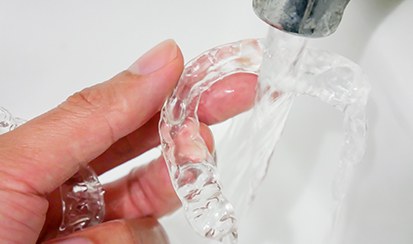
You don’t need any fancy or expensive products to clean your aligners properly, though they are out there if you’d prefer to use them. A soft-bristled toothbrush and cool or room-temperature water can be used just as effectively. Simply hold your aligners securely and rinse them off with cool water; hot water shouldn’t be used as it can warp their shape. Use the toothbrush to thoroughly scrub their inner and outer surfaces and then rinse them off one final time before replacing them. You can also use antibacterial hand soap or toothpaste to make them even cleaner!
Eating & Drinking
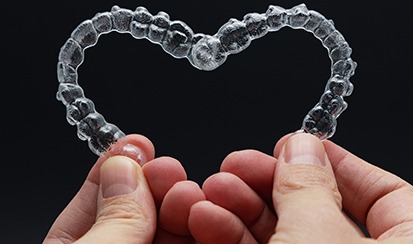
One other key difference between metal braces and Invisalign is the lack of dietary restrictions. Even though you can eat whatever you’d like during your Invisalign treatment, you still must remove your aligners before eating. Wearing your aligners while eating will cause them to break and cause food to get stuck on the aligners. Any liquids can be consumed while wearing your aligners, but we recommend sticking to clear, non-sugary drinks only! Dark liquids, such as coffee and tea, will stain your aligners and attachment buttons, causing your teeth to look darker than they actually are. If you’re okay with the staining, then go for it! However, if you don’t want to give up your coffee/tea habit and don’t want your aligners to be discolored, then we recommend removing your aligners before enjoying your coffee/tea.
We also recommend avoiding any sugary drinks while wearing your aligners because the sugar will get trapped under your aligners and fester there. This can lead to cavities forming. We also recommend avoiding any dark colored spices if you have any attachment buttons on your teeth. These spices, such as turmeric or curry, can stain the attachment buttons and are very hard to keep the color off. But don’t worry! The attachment buttons are only temporary, and any stain caused from dark spices or liquids will be removed once your treatment is complete and the attachment buttons are removed. Don’t forget to always clean your teeth before you put your aligners back in after eating!
Losing or Damaging a Tray
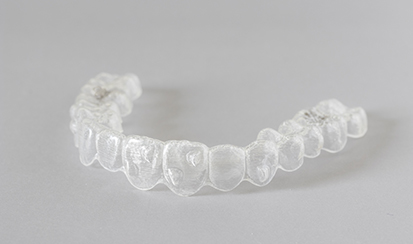
Although you’ll wear your aligners most of the day (and night), there are still moments when they’ll be outside of your mouth – and in these moments, you’ll need to ensure they remain safe and sound. If you think you’ve lost an aligner, do your best to retrace your steps, and if you can’t find it, contact our office to let us know. If you’ve broken an aligner, likewise, contact us; don’t try to replace it yourself with an adhesive or household solution. In either of these cases, we’ll review your treatment plan and determine what the next best step is. Sometimes that is jumping ahead to your next aligner, ordering a replacement set of aligners, or coming in to get re-scanned to order new aligners to get you back on track. Dr. Mockler will decide what’s the best solution for your individual plan!
The Cost of Invisalign
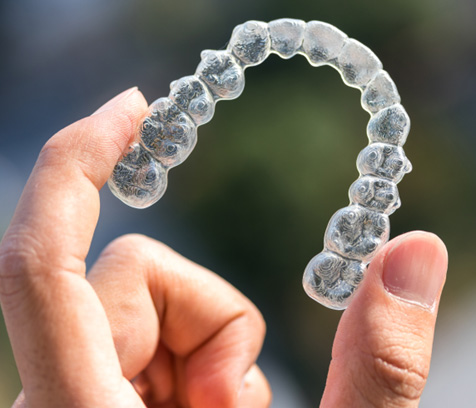
During your consultation, Dr. Mockler will walk you through your personalized Invisalign treatment plan, including the expected timeline, overall cost, and details specific to your case. Since every smile is different, there isn’t a one-size-fits-all price for Invisalign. At Mockler Dental, treatment typically ranges from $4,500 to $7,000, with many insurance plans covering up to $2,000 of the total cost. Pricing is based on factors like treatment length, the number of aligners required, and any additional components or enhancements needed to complete your case. If you have questions about Invisalign pricing or would like to book your complimentary consultation, feel free to reach out to our office—we're here to help!
What Affects the Cost of Treatment?
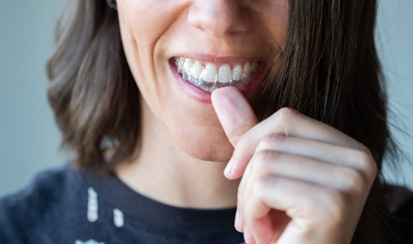
Some factors that affect the cost of Invisalign include:
- Length of Treatment – Longer treatment plans typically involve more check-ins and office visits with Dr. Mockler to monitor your progress.
- Number of Aligners Required – More complex alignment issues usually call for a greater number of aligners or a longer treatment timeline to achieve optimal results.
- Specialized Treatment Features – Some cases may require added tools to support the treatment process. For example, attachments (small, tooth-colored shapes bonded to the teeth) may need to be repositioned between trays. Elastics might be used temporarily to help shift more stubborn teeth, and pontics (realistic-looking placeholder teeth) can be added for patients who are missing a tooth. These customized elements ensure your treatment stays on track and delivers the best possible outcome.
Does Dental Insurance Cover Invisalign?
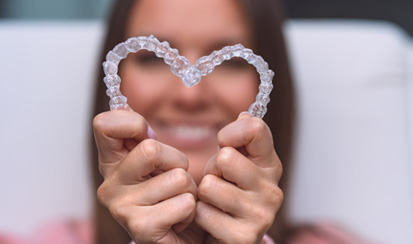
Some dental insurance plans include some coverage for orthodontic treatment, typically around $2000, so it’s always wise to check with your provider before committing to treatment to see what your benefits entail. Our office accepts all PPO plans, and we’re more than happy to assist you with filing your claim – just call and speak with one of our team members for more information or assistance.
Are Mail-In Aligners a Cheaper Alternative?
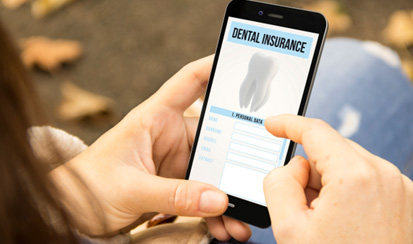
This is one of those times where you really do get what you pay for. Mail-order clear aligners seem like a more affordable alternative to Invisalign, but it's important to understand the differences and trade-offs. Read our longer blog about the differences between Invisalign and Mail-In Aligners here. Below, we’ll focus just on the differences with respect to cost:
|
Factor |
Invisalign |
Mail-Order Aligners |
|
Materials |
Uses patented SmartTrack plastic—more durable and effective |
Generic plastic—lower cost, less precise |
|
Supervision |
Includes in-person care and adjustments from a dentist |
No in-person supervision or dental checkups |
|
Advanced Techniques |
Includes attachments, elastics, and other tools if needed |
No attachments or complex features available |
|
Customization & Accuracy |
3D scans for precise fit and tailored treatment |
Home impressions—more risk of poor fit |
It can be tempting to opt for a cheaper orthodontic solution, and these days, there are a number of online retailers offering mail-order clear aligners alternatives. As appealing as these DIY options may seem, make sure you know what you are getting, and whether it is a good treatment for your mouth and case.
Options for Making Invisalign Affordable
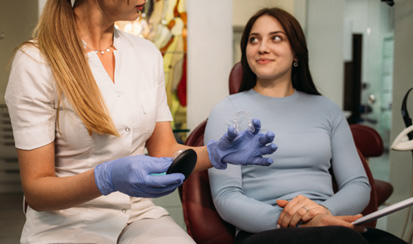
Lacking dental insurance doesn’t necessarily mean you’re left completely on your own when it comes to affording Invisalign. Our office is pleased to offer financing through CareCredit and Wisetack. Both offer a wide selection of flexible payment plans with little to no interest.
Invisalign FAQs
How long does Invisalign take?
The Invisalign timeline is different for every patient. While the average is 12-18 months, this is not always the case. How long you can expect to wear your trays is dependent on a few different factors, including the severity of your initial dental problem (i.e., overcrowding, gaps, bite misalignment), your diligence and commitment to following the 22-hour rule, and whether you lose or damage one or more aligners throughout treatment.
If you have a minor gap that needs closing, you can expect the process to be shorter than if you were to require treatment to correct an overbite.
If you are pursuing Invisalign after a relapse – previously wore braces but did not wear your retainer – you can expect your timeline for treatment to be about six months.
Who is not eligible for Invisalign?
Invisalign in Campbell is a suitable option for patients of all ages – even children – and can be used to treat almost all dental problems (i.e., overcrowding, gaps, bite misalignment). For children, Invisalign First aligners are crafted for smaller teeth and designed to address simple and complex cases. There is even a palatal expander system that children can use.
Invisalign Teen is also a highly effective solution, including a blue indicator dot that helps parents and dentists know whether treatment is being followed correctly. The more the aligners are worn, the more the indicator dot will fade, signaling the need to switch to a new set of trays.
Those who may not benefit from Invisalign include:
- Those with severe malocclusion. Minor bite alignment issues can be easily treated with clear aligners; however, certain instances may only be fixed with regular metal braces.
- Those who smoke, as this harmful habit can cause poor oral health and will likely stain your aligners, defeating the purpose of choosing a more discreet form of orthodontics.
- Those with small, misshapen, or eroded teeth. It is possible, though, to undergo preliminary dental care before determining whether Invisalign might be a possibility in the future.
What happens after Invisalign?
Once you are finished with your Invisalign treatment, you can expect to enter the retention phase. This requires you to transition to wearing a clear retainer. Similar in appearance to traditional Invisalign, the appliance keeps your teeth in their new location so that they will not shift back to their original position.
Depending on the recommendation from your cosmetic dentist in Campbell, we may suggest that you wear it full-time immediately following the completion of your clear aligner treatment. After some time, you may only be required to wear it at night.
Wearing a retainer is essential if you want your investment to last.
Is Invisalign cheaper than braces?
There is no set price for Invisalign, as it is fully customized. This means that depending on your case, you will likely pay a different price than someone else. When meeting with our team at Mockler Dental, we will not only provide a free consultation but also develop a cost estimate for you to review. We’ll also check your dental insurance coverage to determine how much you might be able to save. Most plans will cover an estimated $2,000; however, there are often age limit restrictions. You also have the option of inquiring about flexible financing through CareCredit or Wisetack, both of which we are proud to partner with.
If you are concerned about your budget, it’s important to remember that forgoing treatment will only cause your dental problems to worsen.
